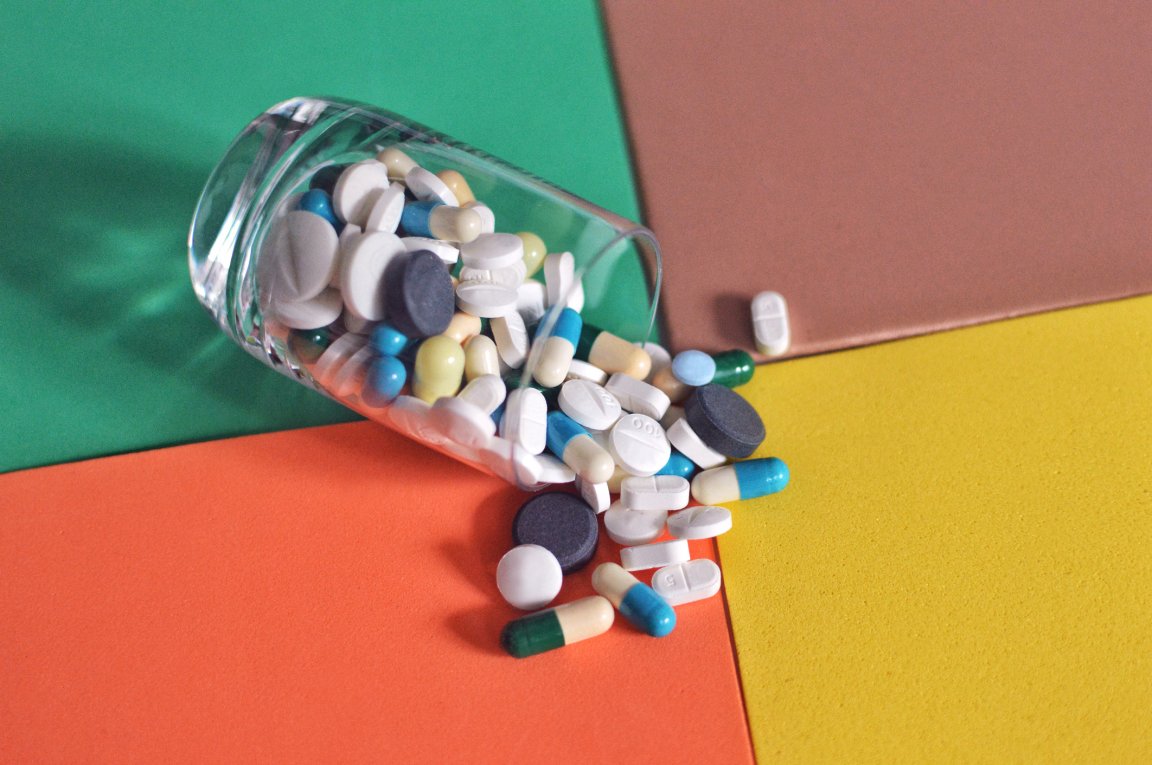
Transfer Prevention
Antibiotic resistance in bacteria, which includes both common bugs and so-called superbugs, is a serious and globally recognized problem. In fact, the United Nations elevated the issue to a crisis level almost a year ago now, and the World Health Organization (WHO) has stated that it’s rapidly worsening.
There are a multitude of possible responses to antibiotic resistance, and researchers from the Université de Montréal (UdeM) in Canada may have found another potential solution. In a study published in the journal Scientific Reports earlier this November, this team of researchers from UdeM’s Department of Biochemistry and Molecular Medicine explored a method that could block the transfer of antibiotic resistance genes.
The researchers focused on preventing a mechanism that allows for antibiotic resistance genes to be coded onto plasmids —which are DNA fragments that can carry genes that encode the proteins that render bacteria drug-resistant. Concretely, they found the exact binding sites for these proteins, which are essential in plasmid transfer. This allowed them to design more potent chemical molecules which reduce the transfer of gene-carrying, antibiotic-resistant plasmids.
“You want to be able to find the ‘soft spot’ on a protein, and target it and poke it so that the protein cannot function,” Christian Baron, the vice-dean of R&D at UdeM’s faculty of medicine, said in a press release. “Other plasmids have similar proteins, some have different proteins, but I think the value of our study on TraE is that by knowing the molecular structure of these proteins we can devise methods to inhibit their function.”

A Deadly Problem
The effects of antibiotic resistant bacteria are pretty much self-explanatory. Antibiotics remain a critical piece of modern medicine, and when they become ineffective, what we’re left with are disease-causing superbugs that are much more difficult to treat and manage. Antibiotics are also used as prophylactic treatment during surgeries as well as in cancer therapies.
According to a report by a special commission set up in the United Kingdom in 2014 called the Review on Antimicrobial Resistance, drug-resistant bacteria could take the lives of some 10 million people by 2050. This isn’t particularly difficult to imagine since antibiotic-resistant bacteria infect 2 million people in the U.S. alone every year, according to the Centers for Disease Control and Prevention (CDC), and at least 23,000 of these cases are fatal. Additionally, the WHO reports that there are about 480,000 of multi-drug resistant tuberculosis cases around the world every year.
In short, antibiotic resistance is a problem we need to solve as soon as possible, starting now. Thankfully, there are a number of groups working on the issue, with a variety of approaches. Some have used CRISPR gene-editing to engineer synthetic nanobots that specifically target antibiotic-resistant bacteria and there are even efforts to employ “super enzymes” to fight off superbugs. Meanwhile, others like the UdeM researchers are focusing on a better understanding of how bacteria work to develop methods to render them more susceptible to antibiotics.
The CDC has already invested more than $14 million to fund research into antibiotic resistance, and we might soon see these efforts come to fruition. This will take time, obviously, but it could help to liven up the pace by which new drugs are produced. As Baron said, “[p]eople should have hope. Science will bring new ideas and new solutions to this problem. There’s a big mobilization now going on in the world on this issue. I wouldn’t say I feel safe, but it’s clear we’re making progress.”